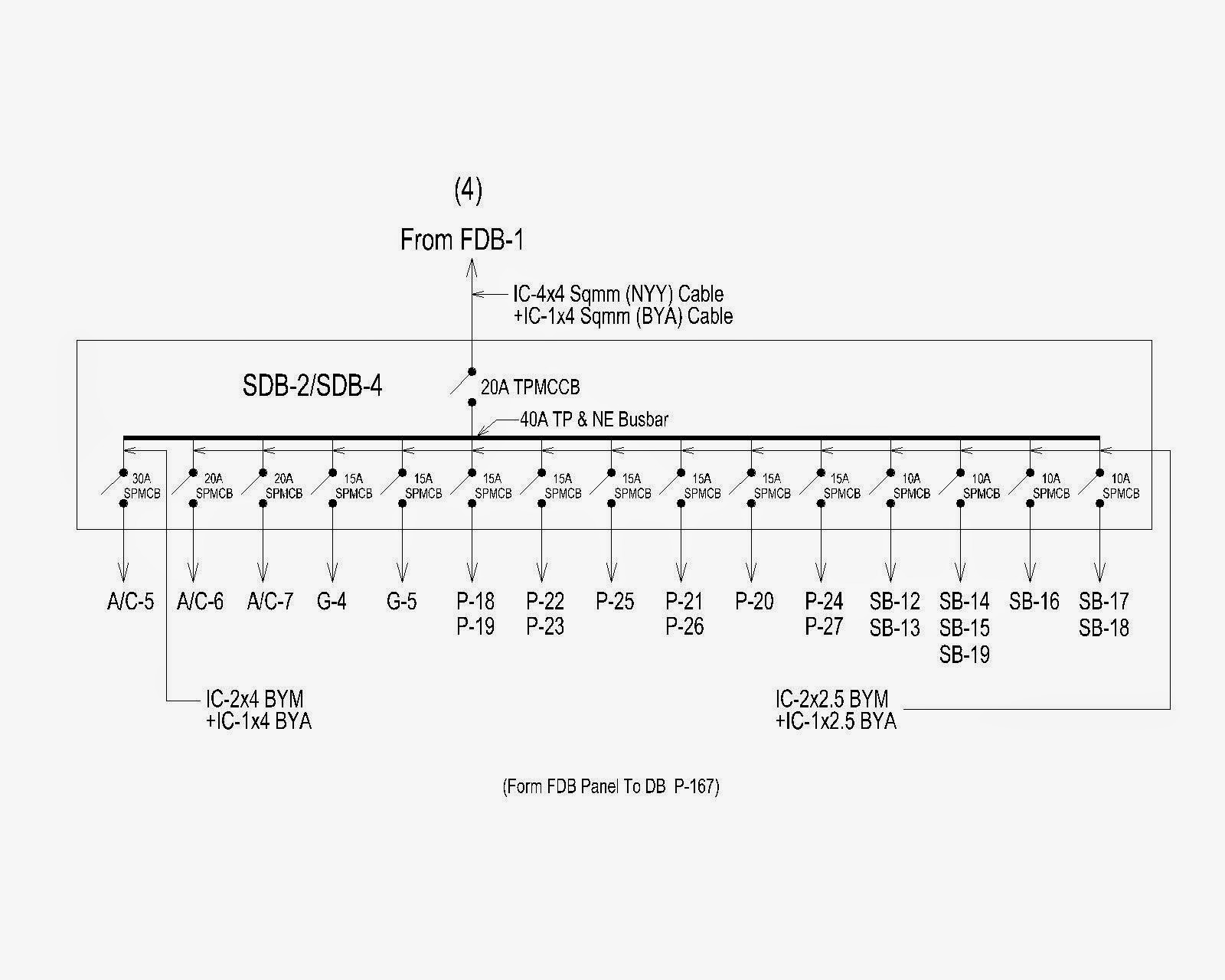

These markings are usually at the top and bottom of schematics, but not always. These values are stated numerically with polarity assigned (+15 volts, -15 volts). Generally, the electrical power source is indicated at the point where it enters a particular schematic. In Figure 5, the current is into the top of the primary and out of the bottom of the secondary. In this convention, dots on the primary and secondary indicate current flow into the primary and out of the secondary at a given instant of time. When power is supplied by a transformer, polarity marks will aid in determining current flow. Generally, power will be shown one of two ways, either as an input transformer, or as a numerical value. The first observation in dealing with a detailed electronic schematic is the source and polarity of power. In this section, only the basics will be covered to assist in reading skills. Knowledge of the workings of these devices is necessary to determine current flow. Modern electronic systems usually contain few, if any, relays or contacts, so these will normally play a minor role.Įlectronic schematics are more difficult to read than electrical schematics, especially when solid state devices are used (The Electronic Science Fundamental Handbook discusses electrical schematics in detail). As with electrical systems, the relays and contacts shown are always in the de-energized condition. To properly read prints and schematics, the reader must identify the condition of the components shown and also follow the events that occur as the circuit functions. Normally the pictorial layout would be accompanied by a parts list.įigure 4 B : Printed Circuit Board Layoutįigure 4 Comparison of an Electronic Schematic Diagram and its Pictorial Layout Diagram Reading Electronic Prints, Diagrams and Schematics Shown in Figure 4 is the schematic for a circuit and the same circuit drawn in pictorial or layout format for comparison. This provides a two-dimensional drawing, usually looking down from the top, detailing the components in their location. These drawings show the actual layout of the components on the circuit board. Figure 3 is an example of an electronic schematic diagram.įigure 3 Example of an Electronic Schematic DiagramĪ second type of electronic schematic diagram, the pictorial layout diagram, is actually not so much an electronic schematic as a pictorial of how the electronic circuit actually looks. From this, the actual workings of a piece of electronic equipment can be determined. The schematics do not show placement or scale, merely function and flow. Once mastered, this knowledge should enable the reader to obtain a functional understanding of most electronic prints and schematics.įigure 1 and Figure 2 illustrate the most common electronic symbols used on electronic schematics.įigure 2 : Electronic Components Examples of Electronic Schematic DiagramsĮlectronic schematics use symbols for each component found in an electrical circuit, no matter how small. This article reviews only the symbols commonly used in depicting the many components in electronic systems. This type of drawing provides the level of information needed to troubleshoot electronic circuits.Įlectronic schematics are the most difficult type of drawing to read, because they require a very high level of knowledge as to how each of the electronic components affects, or is affected by, an electrical current. Each electronic component in a given circuit will be depicted and in most cases its rating or other applicable component information will be provided. Of all the different types of electronic drawings, electronic schematics provide the most detail and information about a circuit. This article will review the basic symbols and conventions used in both types of drawings. The intended use of the drawing dictates the level of detail provided by each block. As the name implies, block diagrams represent any part, component, or system as a simple geometric shape, with each block capable of representing a single component (such as a relay) or an entire system.

They depict every component in a circuit, the component’s technical information (such as its ratings), and how each component is wired into the circuit.īlock diagrams are the simplest type of drawing. Electronic schematics represent the most detailed category of electronic drawings. To read and understand an electronic diagram or electronic schematic, the basic symbols and conventions must be understood.Įlectronic prints fall into two basic categories, electronic schematics and block diagrams.


 0 kommentar(er)
0 kommentar(er)
